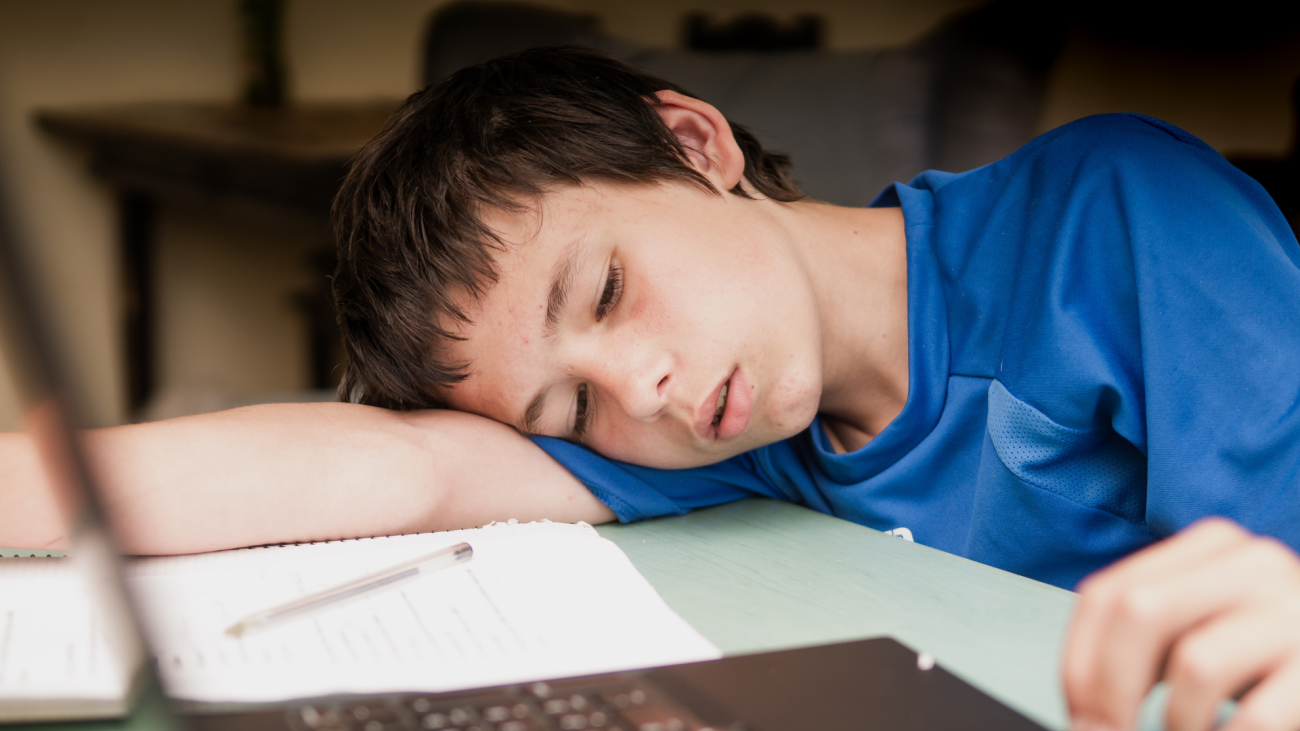As parents, we often find ourselves navigating our child’s intimidating and unpredictable emotions. Anger, in particular, can be a challenging emotion to address. Conventional wisdom might suggest squashing anger altogether, teaching kids to suppress it to keep the peace and order.
But hey, there’s a better way: we can teach our kids to handle anger like a pro, and not sweep it under the rug.
Anger is not a villain. It is just another part of being human. And like any emotion, it has its place and purpose. It’s like a flashing red light telling our children that something’s not right.
Rather than telling our kids to bottle it up, we should empower them to understand and manage it effectively. Unresolved anger can contribute to feelings of resentment, bitterness, and low self-worth. This can lead to difficulties in communication and relationships later on.
So, how do we go about teaching kids how to be angry?

- Normalise Emotions: The first step is to normalise the experience of anger. Let children know that it’s okay to feel angry sometimes. Validate their emotions and assure them that feeling angry doesn’t make them bad people.
- Identify Triggers: Help children identify what triggers their anger. Is it exhaustion, frustration, injustice, or feeling misunderstood? Understanding the root cause of their anger can help them better manage it.
- Cooling-off Strategies: Teach children strategies to calm down when they’re feeling angry. This could include deep breathing exercises, taking a break from the situation, or engaging in a physical activity to release pent-up energy.
4. Problem-Solving Skills: Encouraging children to approach problems proactively and seek constructive solutions rather than avoiding or fearing them. By doing so we cultivate resilience and problem-solving skills that will serve them well in life.
5. Lead by Example: Children learn by observing the behaviour of adults around them. Model healthy anger management techniques in your own interactions, demonstrating how to express anger assertively yet respectfully.
In essence, teaching children how to be angry is not about suppressing a natural emotion. It’s about being there when they’re lost in their feelings and giving them the tools to find their way out.








